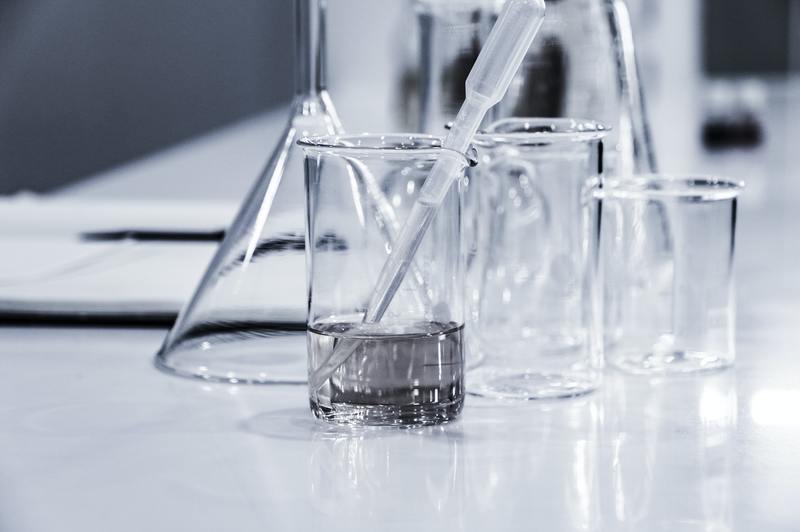“How to know if pest control chemical is safe to use” is pretty much a question to most households who have trouble with pests.
We all have a problem with pests, and most of the time, you would want to D.I.Y. yourself to it. However, it has some risks because pesticides have chemicals that may or may not be harmful to you.

Knowing whether the chemical you are planning to use is harmful or not is a must to minimize the possible harm you may get.
The value of the LC50 and LD50 of the pest control chemical predetermines its toxicity. If there is a low amount of LD50, it is toxic and can cause significant harm.
Types Of Pest Control Chemical
There are different types of pesticides depending on what animal or insect they are bound to exterminate.
Although you typically use the word “pesticide” to describe insecticide, as most people do, the term can also be used to coin various pest control chemicals.
Some well-known pesticides are insecticides, which are used to kill insects. Rodenticides are used to kill rodents and mice, fungicides are used to kill fungi, and herbicides, which are used to kill weeds and plants that are growing where they should not be growing.
Each pesticide has its different use, so you should check what type of pest you are dealing with before you even plan on buying pesticides.
How Do Pesticides Work?
Pesticide works by overstimulating the acetylcholine that can lead to paralysis and death.
The pesticide that goes to an animal’s nervous system inhibits the cholinesterase, which helps the body regulate acetylcholine. When there is an abundance of acetylcholine, paralysis happens, and death will follow.
With that process, pests can have no fighting chance to survive or even control the amount of acetylcholine inside their body, making it very dangerous not just for the pests but also for us humans.
Because of that, proper precaution is needed when using such harmful and toxic chemicals.
How To Know The Level Of Toxicity Of A Pesticide?
Every pesticide on the market has its ingredients listed, whether the chemical or its common name. Therefore, it is easy to spot if the ingredients used are toxic.
However, this downfall is that not everyone knows what chemical is harmful or not.
Another way to look for the level of toxicity of the pesticide is by looking at the symbol. The symbol used on the pesticide is one great indication of how toxic the pesticide is.
One technical way to know how toxic a pesticide is is by its LD50 and LC50 amount; the lower the LD50 is, the more toxic it is.
What Is Your Risk To Toxic Pesticides?
The pesticide has both long-term and short-term effects on human health. Short-term effects of pesticides on humans are rushes, nausea, death, and dizziness, while long-term effects are cancers, endocrine system and neurological system disturbance, and reproductive problems.
Here is our article on “is pest control safe for humans” to give you more information on what risks pesticides have on humans.
To have a risk-free, pest-free home, you can opt for a pest control service. To know what is included in pest control, here is an article for you.
Safety Precaution When Using Pest Control Chemicals
Safety use of pesticide, always read the instruction noted on the pesticide itself or its box (if any). Follow what is stated there and always wear safety equipment when handling toxic chemicals.
If there is an incident where the pesticide was ingested, get medicated immediately when any unusual symptoms arise. For a more effective treatment to the hospital, take the pesticide label with you to help the doctors identify the ingredients of the pesticide.
One first aid trick you can give to a person exposed to a toxic pesticide is to keep them as far away as possible from the area and let them breathe.
Safety Alternatives
You may think that toxic pesticides are the more effective ones. Fortunately, there is a toxic-free alternative that is pure herbal, which means that it does not pose any harm to you.
For starters, you can try to use IPM alternatives. This includes making your home harder to invade by pests and making your home less desirable for indoor pests.
You can also opt for less toxic pesticides. Less toxic pesticide works as fine as the toxic ones, so there is no significant difference between the two aside from the less toxic one being a much safer option against the other.
Lastly, you can hire the service of a pest control company. They are professionals in handling such cases, and you will not have to worry that you are using the chemical wrong because they will be the ones doing it.
Conclusion
To conclude this article, you have read numerous ways on how to know if pest control chemical is safe to use. We also have given you tips on how to handle pesticide poisoning.
We hope that this article has given you the information you need to solve your toxic problem regarding the harm of pest control chemicals.
